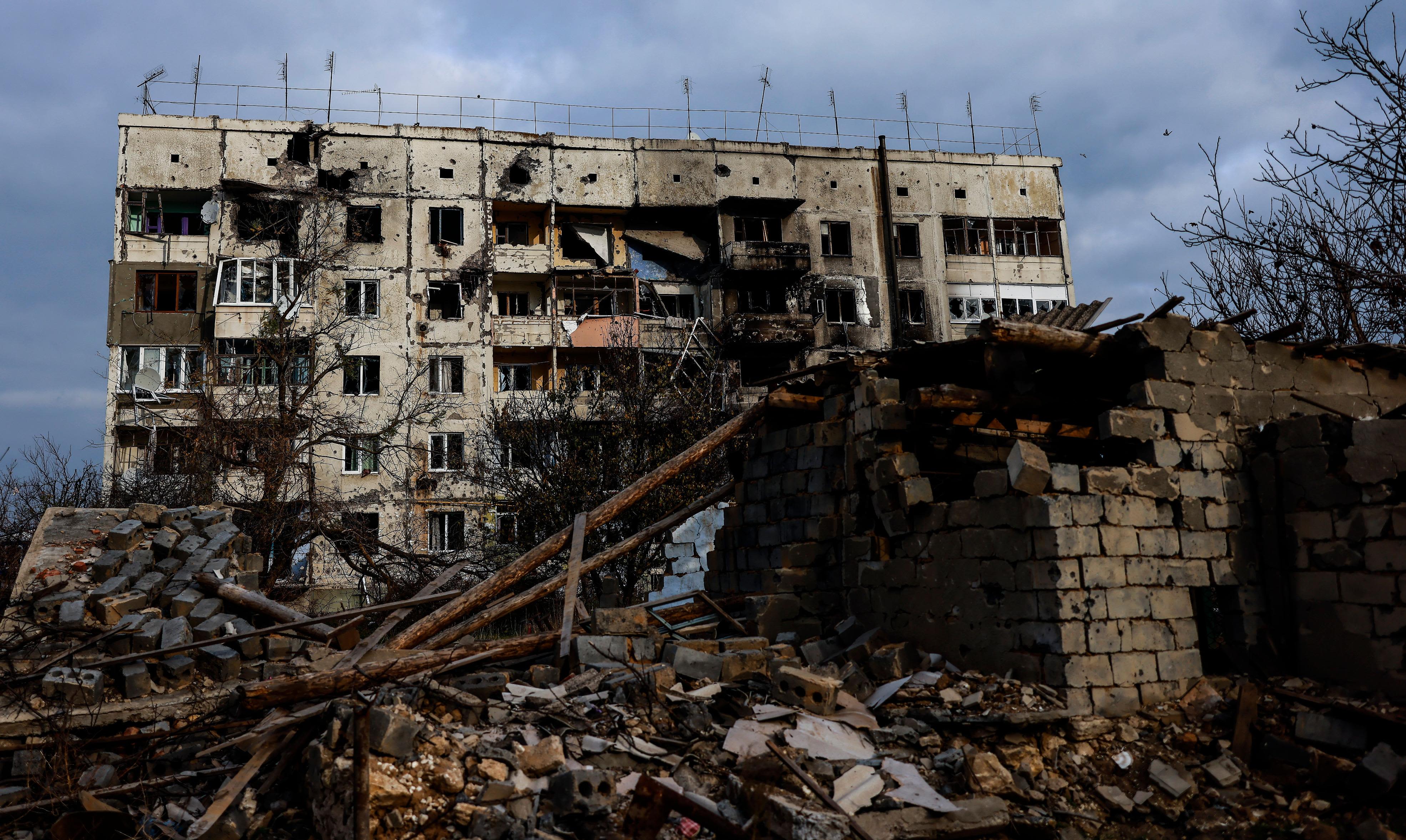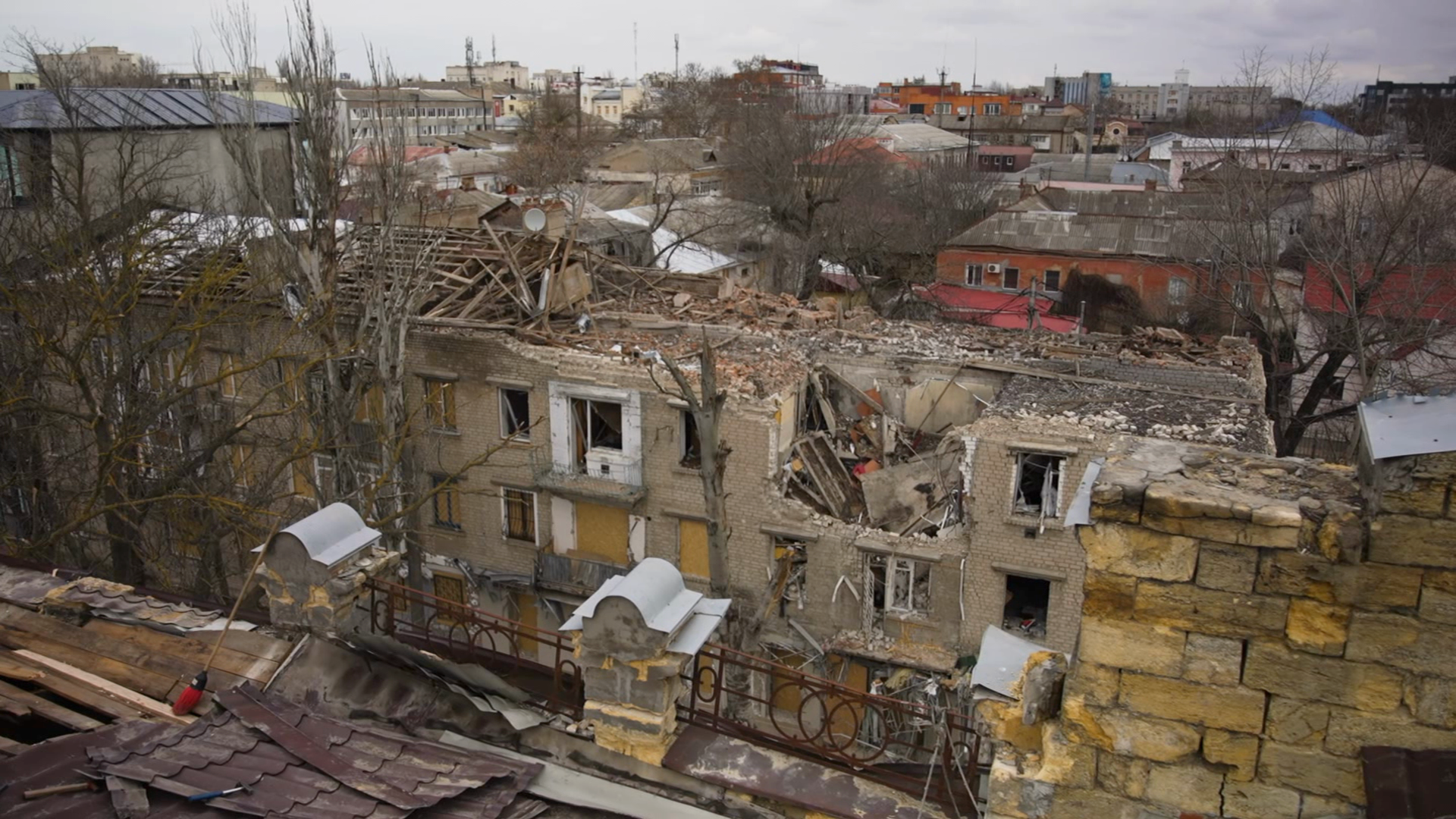
The port city of Kherson, once a vibrant hub on the Dnipro river, finds itself on the brutal frontline of a transformed conflict. While the city was liberated by Ukrainian forces in November 2022 after being occupied by Russian forces during the initial invasion, the river now serves as the only buffer against persistent bombardments. The nature of these attacks has shifted dramatically, with small drones emerging as the weapon of choice, fundamentally altering the dynamics of warfare in the 21st century.
This evolution in military technology, which theoretically promises a new era of discriminate warfare where civilian casualties are entirely avoidable, has taken a chilling turn in Kherson. Instead of minimizing harm, Russia is reportedly employing drones to deliberately target civilians, subsequently posting videos of these grim acts on social media platforms. Attacks on individuals at bus stops, commuters, and even children playing in parks are shared and, disturbingly, celebrated online.

This deliberate campaign of terror has been grimly dubbed the ‘Human Safari’ by Ukrainian locals, as reported by the Kyiv Independent. It represents a stark and tragic departure from the theoretical precision of drone warfare, showcasing a disturbing application of technology that enables a close-up view of the target before an attack, theoretically allowing an operator to confirm its validity and even ‘wave off’ an engagement at the last second.
Indeed, the SwitchBlade 300 drone, used in Afghanistan, was cleared for operations where traditional rockets or artillery were prohibited by rules of engagement, precisely because of its ability to confirm targets and abort attacks. Yet, in Kherson, this inherent precision is being used to maximize terror and inflict civilian harm. The Kyiv Post reported that in July and August, half of Kherson’s casualties were attributed to drones, with up to a hundred attacks occurring daily.

The drones deployed in these operations are a mix of grenade-dropping quadcopters, scout drones that menacingly buzz overhead searching for targets, and a number of FPV (First Person View) kamikaze drones. The grenade bombers, which possess the capability to return to target repeatedly, appear to be the most common type used in these relentless assaults.
A particularly harrowing account, documented by the Kyiv Independent, illustrates the personal impact of these attacks. Anastasia, a mother of two, was cycling home when she was spotted by a Russian drone. She had previously endured two other drone encounters, one forcing her to run at an unprecedented speed, and another involving an attack on the bus she was riding.
As Anastasia pedaled furiously, turning right and then left in a desperate attempt to evade, she realized the drone was relentlessly following her. A grenade was subsequently dropped, which, chillingly, brushed her body before detonating at her feet. Anastasia survived the blast, but the embedded shrapnel left her unable to walk, a testament to the typical outcome of small drone bombs which often injure rather than kill.

The callousness of these attacks is further highlighted by the online dissemination of footage. Imagery of the attack on Anastasia was posted on a Russian Telegram channel, accompanied by a winking face emoji and a chilling comment: “The Ukrainian armed forces are riding bikes…this one is a strong 300 [the Russian code for an injured soldier]. Evacuation is not allowed.” This open documentation of violence against civilians is a consistent feature of the campaign.
The Kyiv Post has meticulously collected numerous examples of these Russian drone attacks, detailing incidents against schools, private civilian cars, public buses, and even ambulances in Kherson. Such systematic targeting of civilian infrastructure and non-combatants paints a grim picture of the conflict’s current trajectory.

Russian justifications for these attacks, shared on social media, often claim that anything within Kherson is a legitimate target. Beyond targeting individuals and vehicles, Russian drones are also reportedly employing a napalm-like mixture to ignite fires, which have devastatingly burned down entire neighborhoods, further demonstrating the breadth of their destructive intent.
A third insidious method of attack involves mining, where small drones are used to scatter the notorious Soviet PFM-1 ‘Petal’ or ‘Butterfly’ mines. These devices, just a couple of inches across, possess sufficient power to destroy a vehicle tire or, more tragically, blow off a human foot, creating silent, indiscriminate threats across the landscape.

The cumulative effect of this terror campaign is evident in the stark demographic shift in Kherson. The city’s population has plummeted from approximately 360,000 residents to around 80,000. This mass exodus is precisely the objective of the ‘human safari’: to spread pervasive terror and compel people to flee, thereby transforming Kherson into a ‘grey zone’ where Russian troops might infiltrate undetected.
Local authorities in Kherson are attempting to implement civil defense measures. The city has allocated 8 million UAH (about $194,000) for urgent anti-drone measures, including jammers that offer some protection. However, these efforts fall significantly short of the required scale, as typical jammers, costing thousands, only protect an area of a few hundred meters at best, leaving vast swathes of the city vulnerable.
From a long-term perspective, these actions constitute a clear case for war crimes investigations. The Geneva Conventions explicitly outlaw deliberate attacks on civilians. The perpetrators, in this particular instance, have openly posted evidence of their crimes online, which should, in theory, facilitate their tracing and prosecution. However, in the immediate short term, the people of Kherson desperately require more robust protection.
As with other aspects of Ukraine’s air defenses, international assistance has, to date, been insufficient in providing adequate support against this specific threat. Ukrainian forces undoubtedly prioritize locating and striking Russian drone teams, yet this challenge represents just one battlefront among many they must contend with across the wider conflict.




